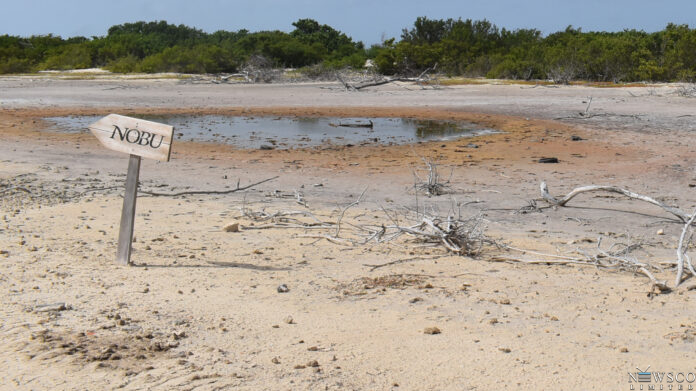Exclusive by Samantha Simon
A recent visit to Barbuda by Observer reporters has uncovered alarming environmental destruction apparently related to the Paradise Found development connected to billionaire investor James Packer and Hollywood actor Robert DeNiro.
Swathes of mangrove wetlands have been cleared and construction has begun in sensitive coastal areas, potentially violating regulations and environmental protection laws.
The sight was one that would shock many people, whether or not they had seen the previously lush mangroves that lined the coasts near the famous Nobu restaurant and Princess Diana Beach.
Once one gets past the long stretch of road now sparsely flanked by what little mangrove remains, the road terminates into a bevy of construction work. Heavy duty machinery, a diesel generator and multiple incomplete structures surrounded by construction material are what sit in the formerly flourishing section of wetland.
The removal of the mangroves and further development came as a surprise to several Barbudans who spoke with Observer’s reporters, with some sharing that the knowledge proved extremely distressing, especially with the anticipation of an extremely active hurricane season approaching.
John Mussington, Chair of the Barbuda Council’s Agriculture, Lands, and Coastal Protection Committee, expressed grave concerns about the development.
He explained that wetlands are crucial for protecting small island states like Barbuda from the impacts of climate change, including sea level rise and storm damage.
“Mangroves are being cleared, property being built right on top of these vulnerable areas, which provide us with protection from sea level rise and storm damage, and so on. So, you have taken out our protection and you’re putting in its place real estate buildings and stuff like that and so on, which don’t afford that kind of protection. It is a big problem,” he said.
The development appears to be encroaching on protected beach areas with reporters observing marker stakes placed less than 50 feet from the waterline, well outside the 90-metre setback generally required.
Mussington confirmed that construction should not occur within 90 meters of the “line of permanent vegetation” at the top of the beach, and that further laws protect the access granted to the public to any beaches within Antigua and Barbuda.
The approval process for the Paradise Found project has been fraught with controversy from the start.
Mussington described a contentious town hall meeting where a vote backing the development was allegedly rigged, with reports of non-residents participating and other voting irregularities, including the unexpected presence of Prime Minister Gaston Browne along with a number of armed officers.
The Paradise Found Act, passed to enable this development, gives developers broad latitude in regards to actions they could take during the process of development.

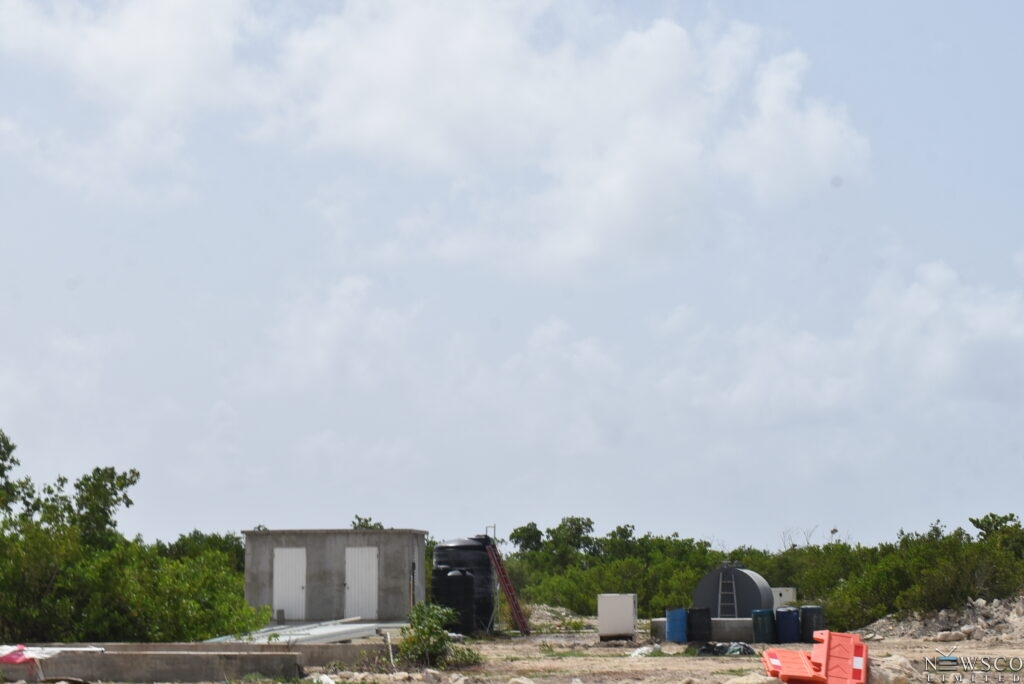
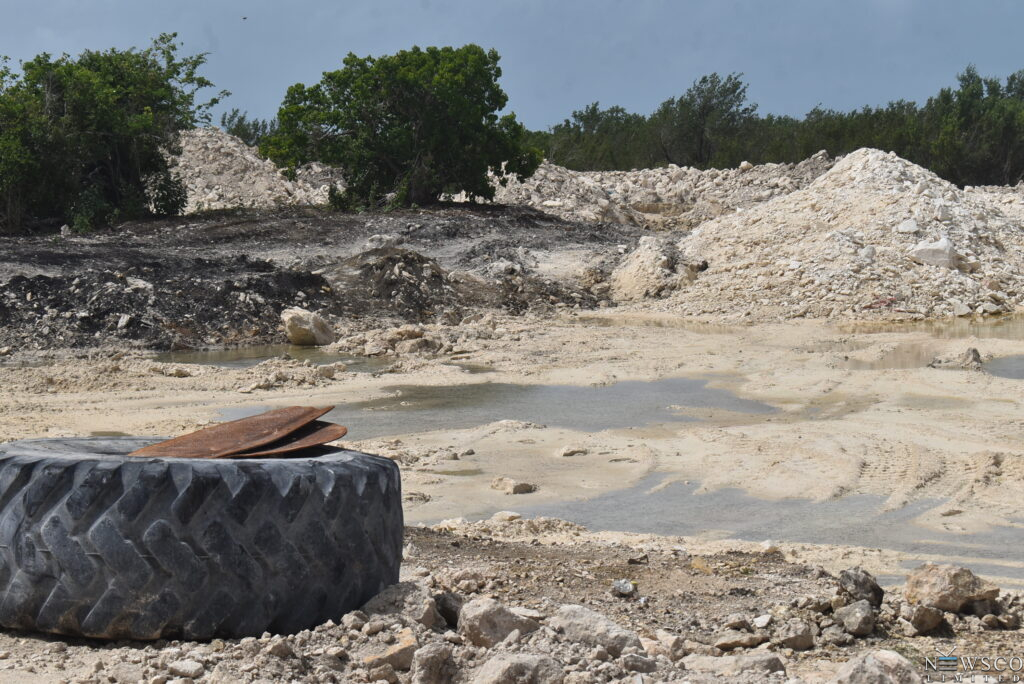
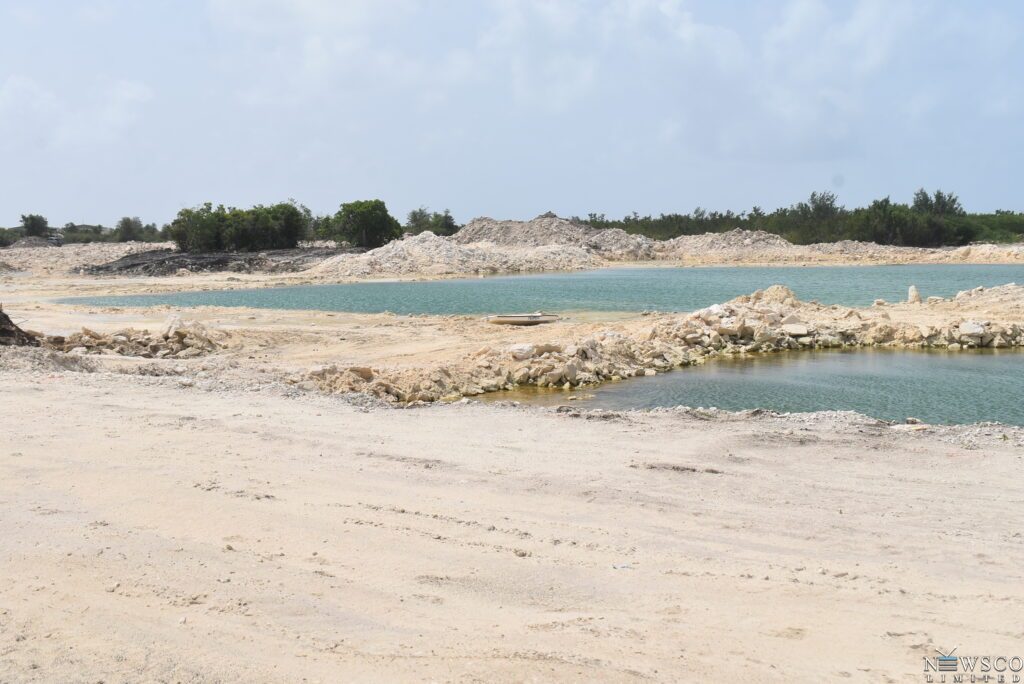
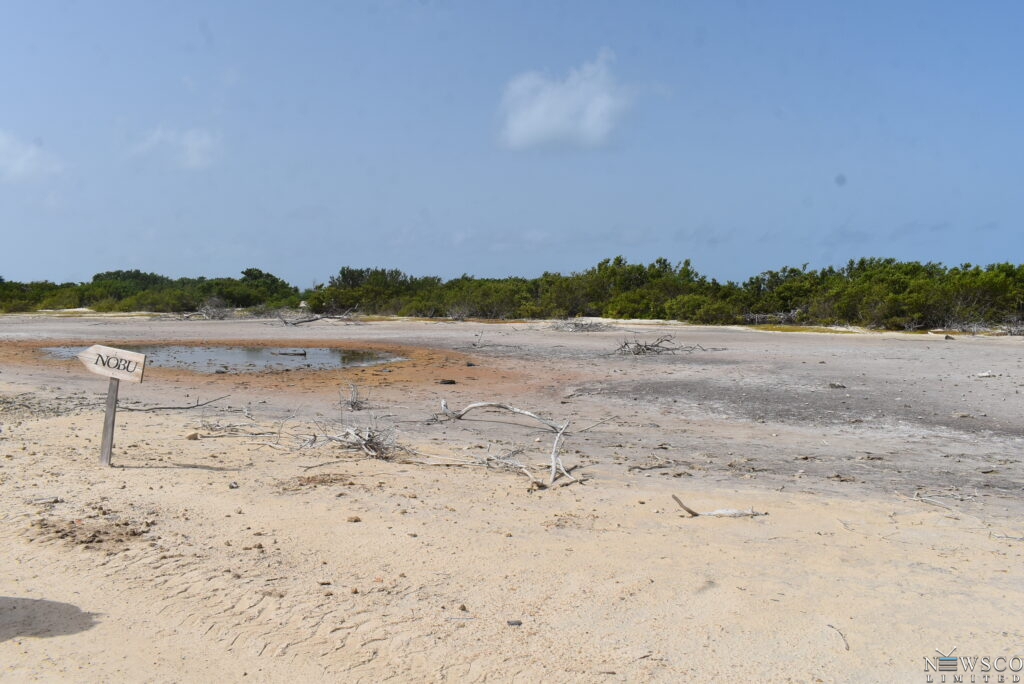

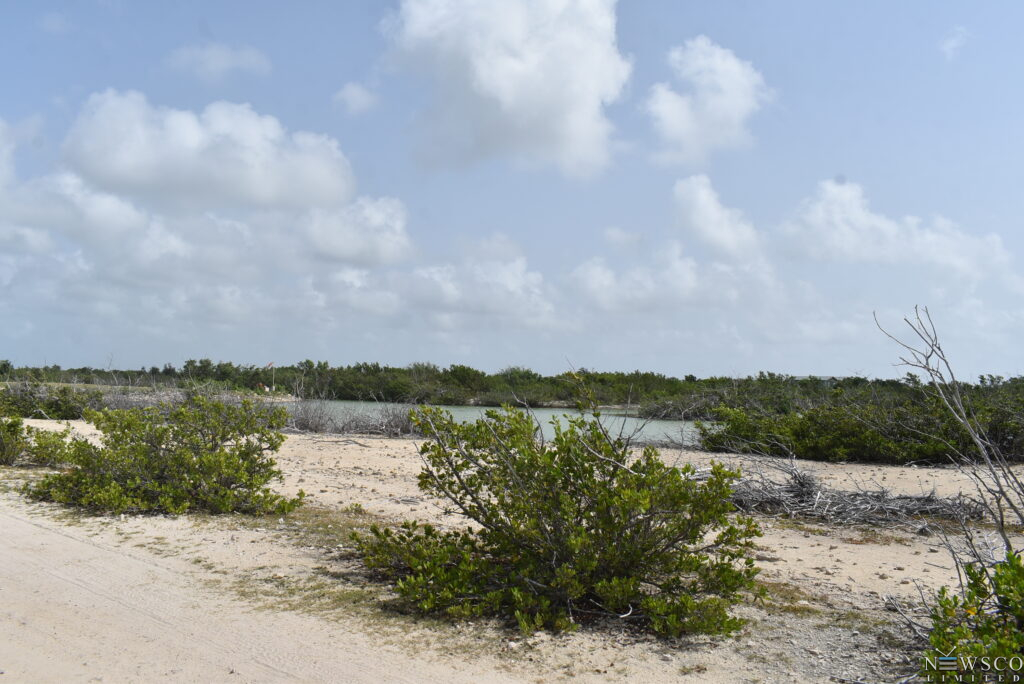
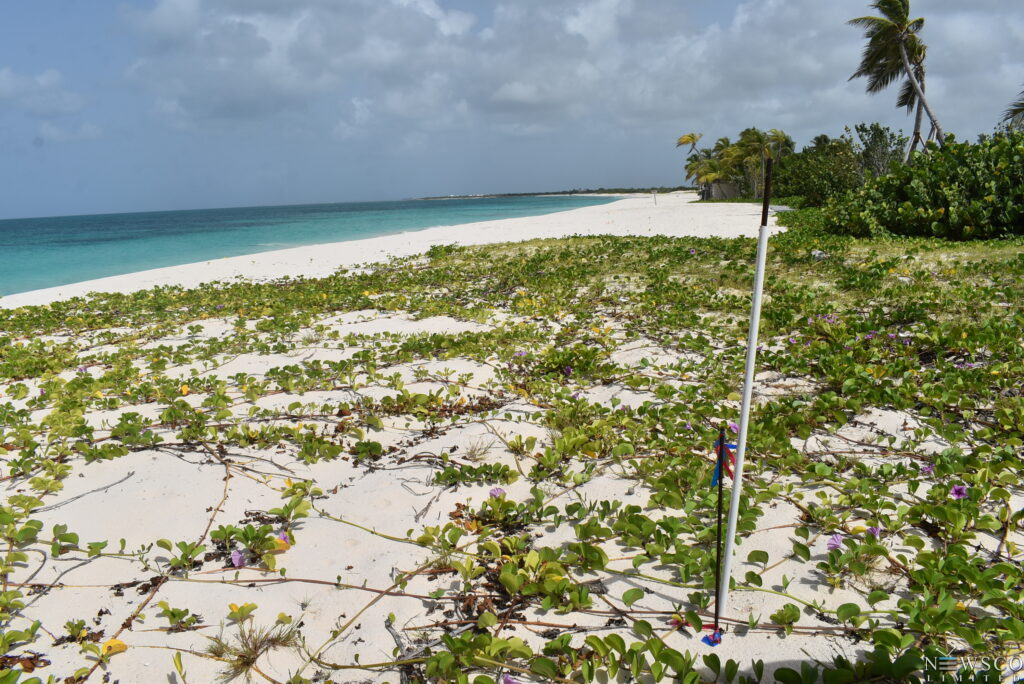
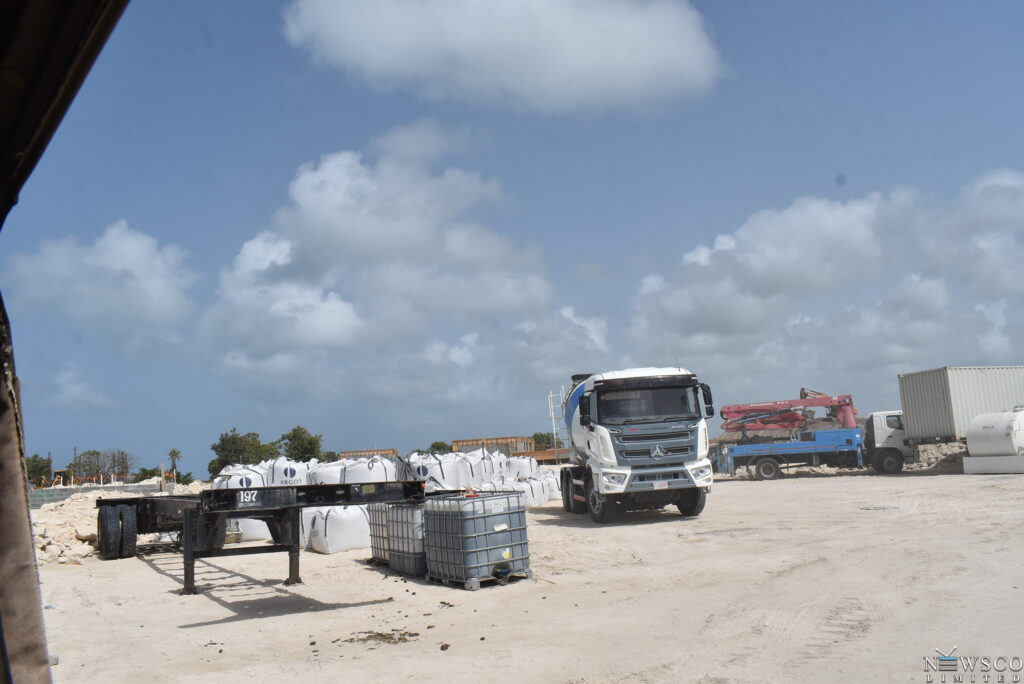
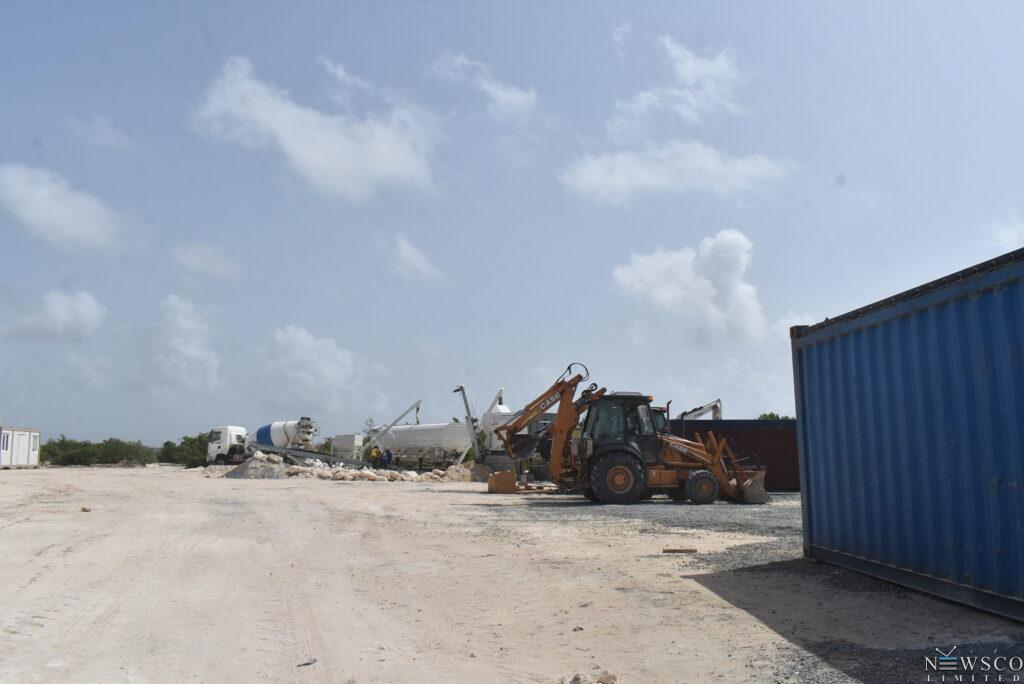
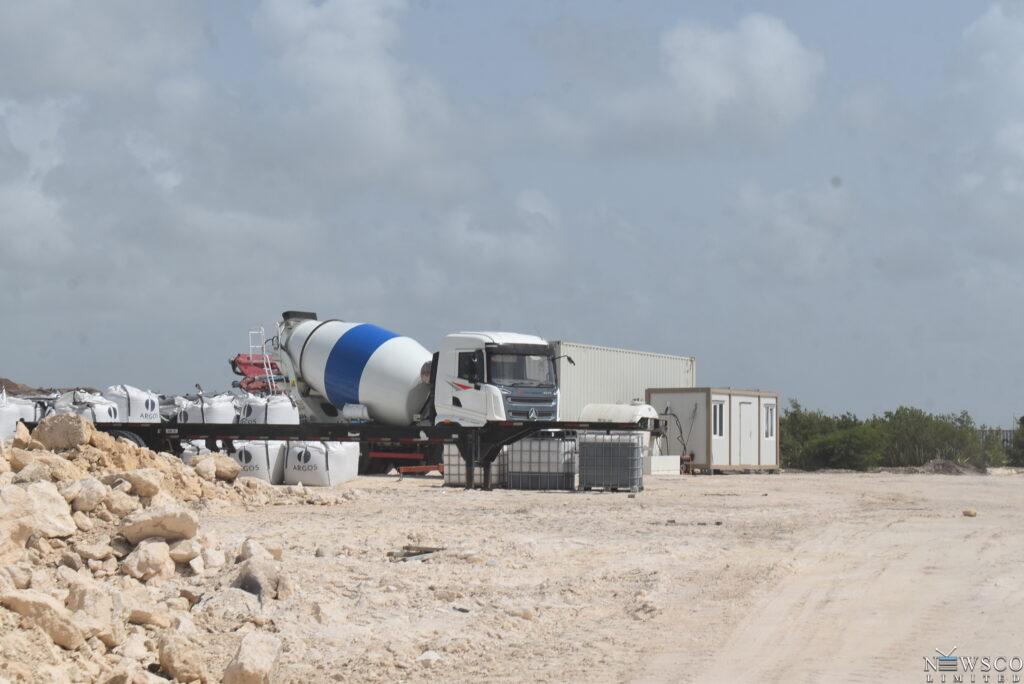

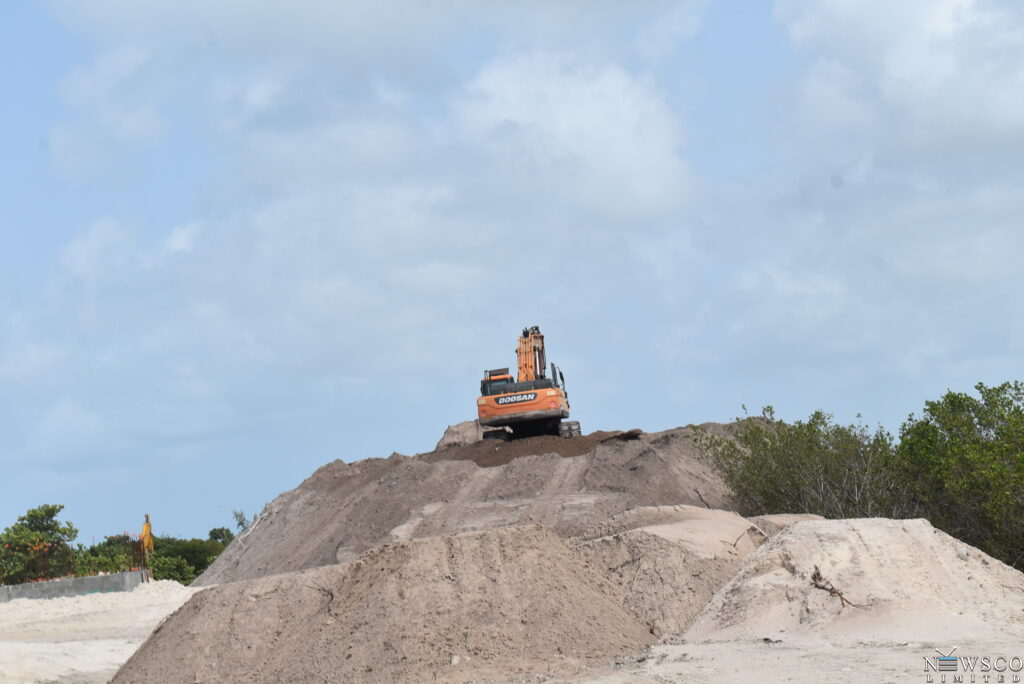
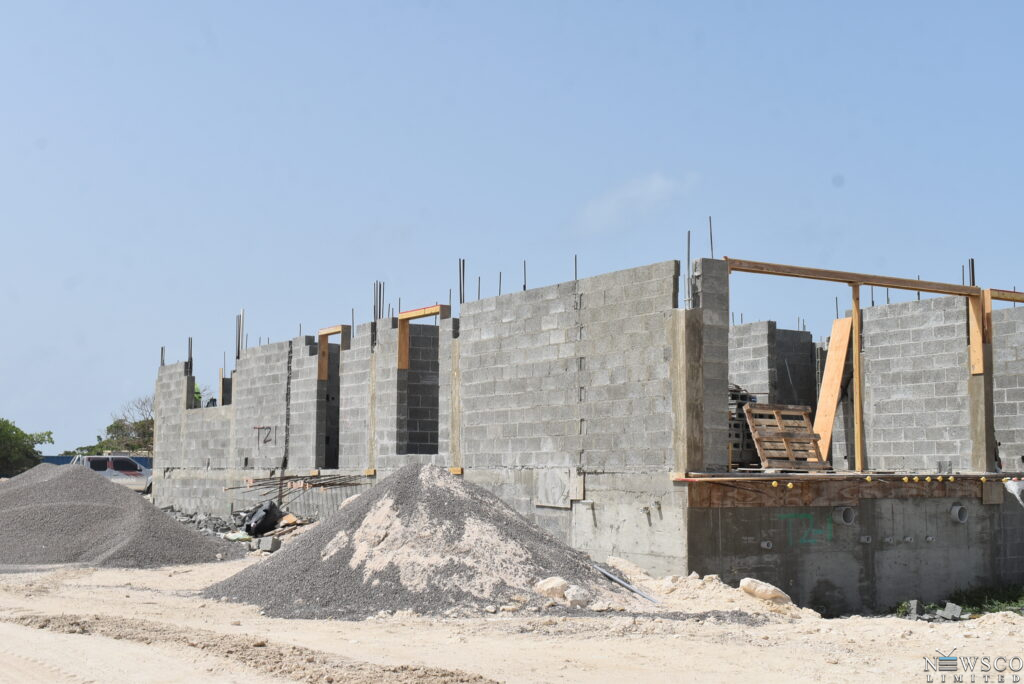
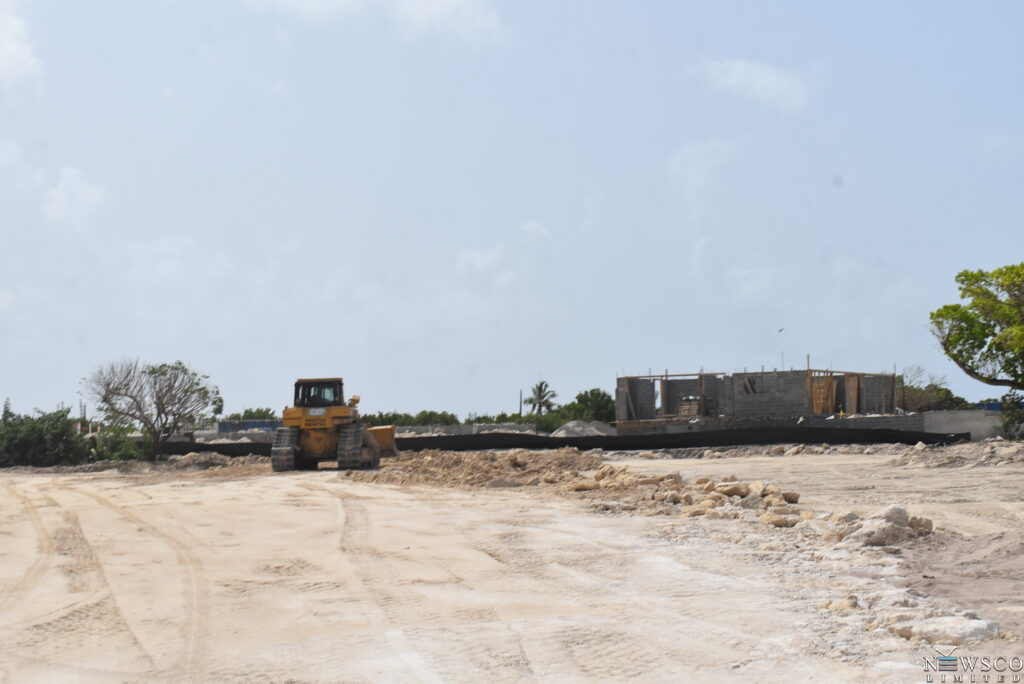
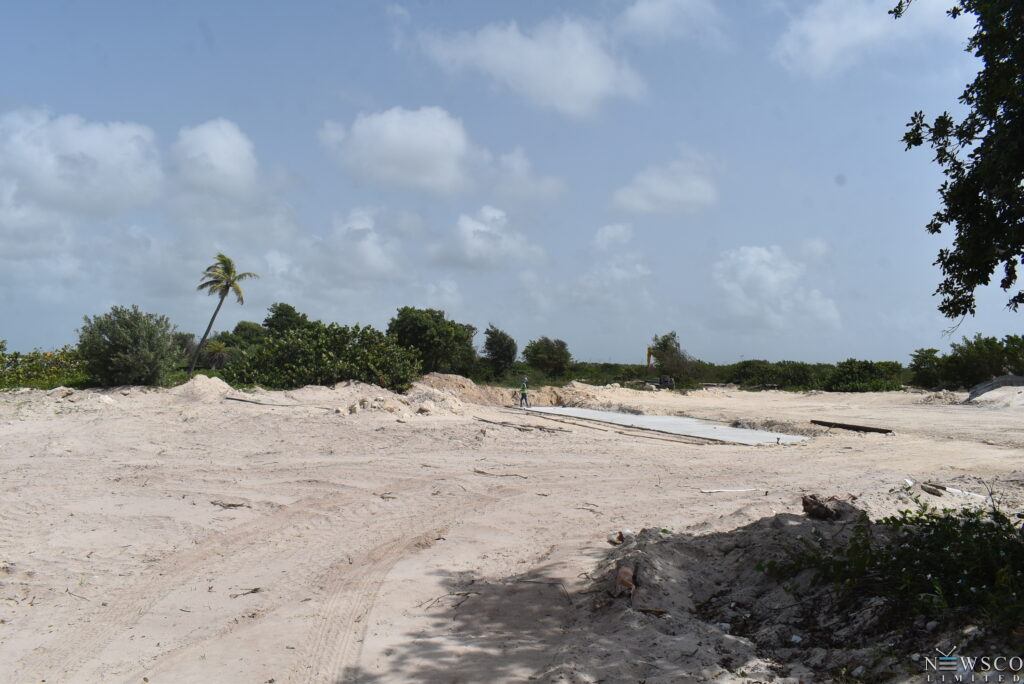

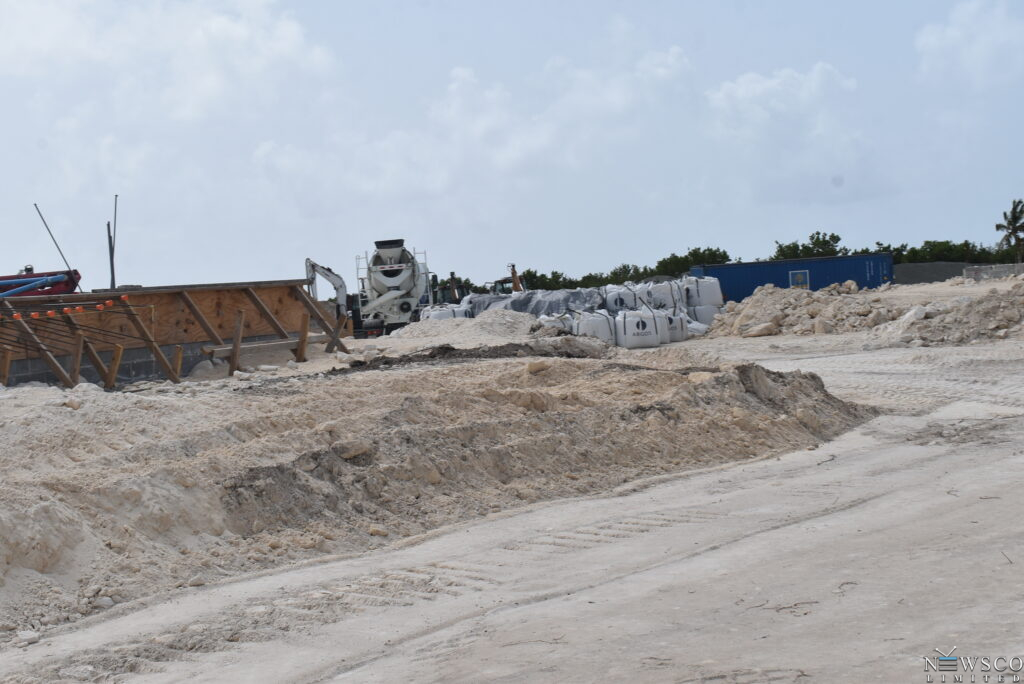
However, Mussington argues that other laws, like the Environmental Management and Protection Act, should still apply.
He questioned whether proper approvals were obtained for clearing protected wetlands.
Mussington urged contacting the Department of Environment (DOE) and Development Control Authority (DCA) for clarification on the legality of the ongoing work.
Environmental officials from the DOE refused to comment on the situation yesterday, whilst representatives of the DCA were unable to provide further details and referred our reporters to DCA board chairperson, Maurice Merchant, who did not respond to our queries up to news time.
With about one-third of Barbuda comprised of wetlands, the stakes are high.
“Given what is predicted with regards to the climate change scenario … what is wetlands now, which represents about 21 square miles, is expected to grow by another third,” Mussington explained, emphasising the critical role these ecosystems play in the island’s future resilience.
Mangroves are crucial ecosystems that serve as natural buffers against coastal erosion, storm surges, and sea level rise.
They also act as nurseries for marine life such as fish, crab and lobster and marine birds, filter pollutants from water, and sequester significant amounts of carbon, playing a vital role in mitigating climate change.
If mangroves are cleared, coastal areas become more vulnerable to flooding and erosion, potentially leading to loss of land and property damage.
The destruction of mangroves also results in a decrease in biodiversity, as many species rely on these habitats for breeding and shelter.
Furthermore, their removal can disrupt local fisheries, impacting both the ecosystem and human livelihoods.
The loss of mangroves’ carbon sequestration capacity could accelerate climate change, creating a feedback loop of further environmental degradation.
In islands like Barbuda, where mangroves are a critical first line of defence against natural disasters, their clearance could have particularly devastating consequences for both the environment and local communities.

